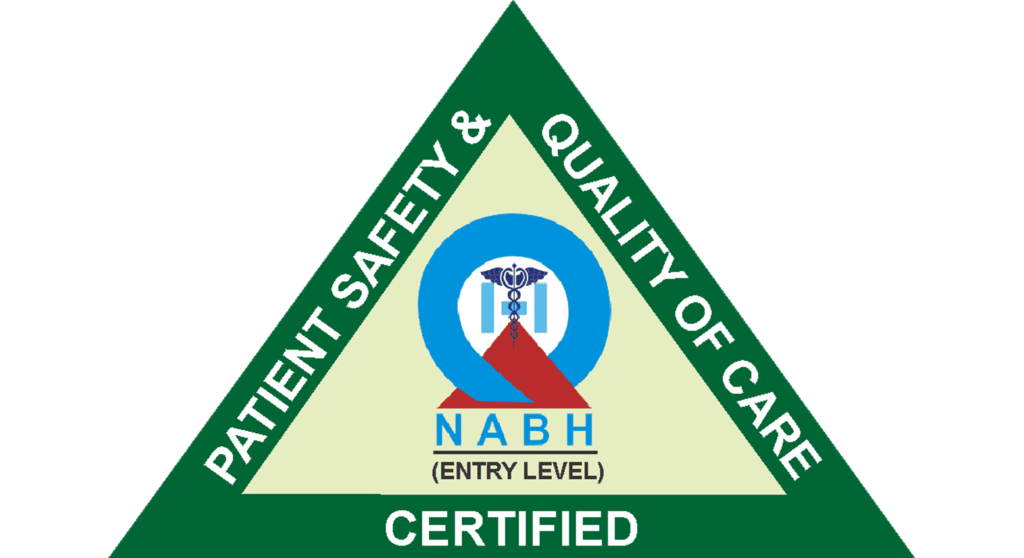Cataract Treatment in Vileparle and Santacruz
Cataract Diagnosis & Treatment
Retinal Surgery
What is Retinal Surgery?
Retinal surgeries are specialized ophthalmic procedures aimed at addressing various retinal disorders and conditions
affecting the delicate tissue at the back of the eye. Conditions such as retinal detachment, macular degeneration, diabetic
retinopathy, and epiretinal membranes can impair vision and potentially lead to blindness if left untreated. However, thanks
to significant advancements in surgical techniques and technology, retinal surgeries have become increasingly successful,
offering hope to patients with these sight-threatening conditions.

Retinal Surgeries

Vitrectomy
Vitrectomy is a sophisticated surgical procedure performed on the eye’s vitreous gel, a transparent, jelly-like substance
that fills the space..

Retinal Detachment Repair
Retinal detachment occurs when the retina separates from the underlying tissue, resulting in vision loss..

Macular Hole
Repair
A macular hole is a small break in the macula, the central part of the retina responsible for sharp, detailed vision. Surgery to..

Epiretinal Membrane (ERM) Surgery
An ERM is a thin, fibrous layer that forms on the surface of the macula, leading to distorted vision. Surgical..






